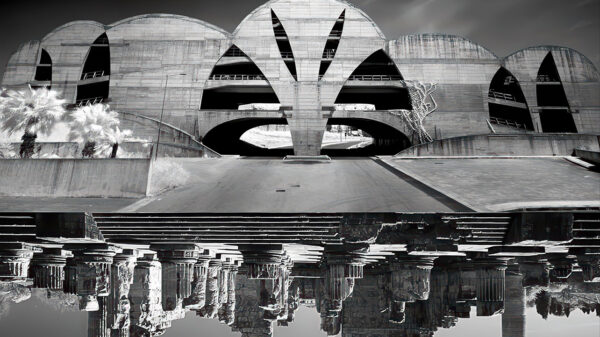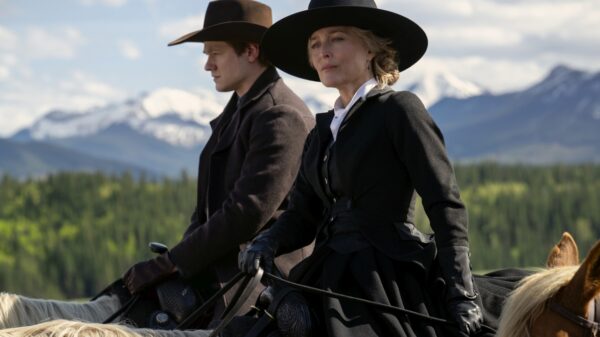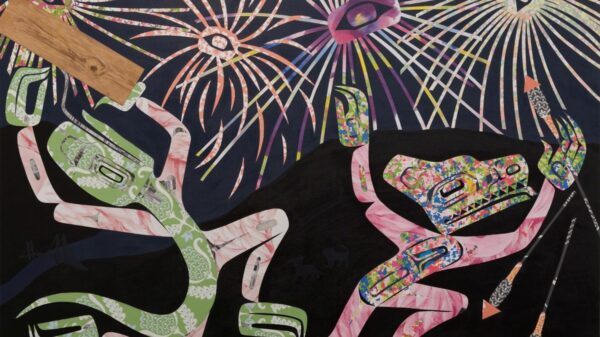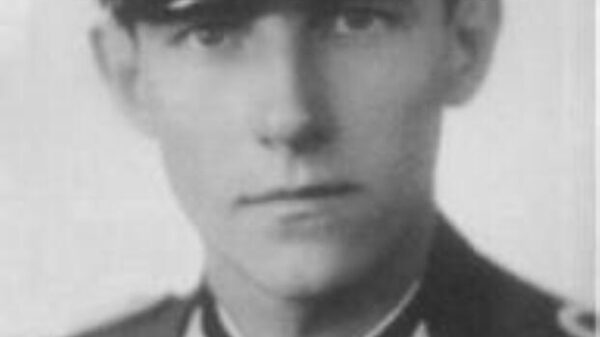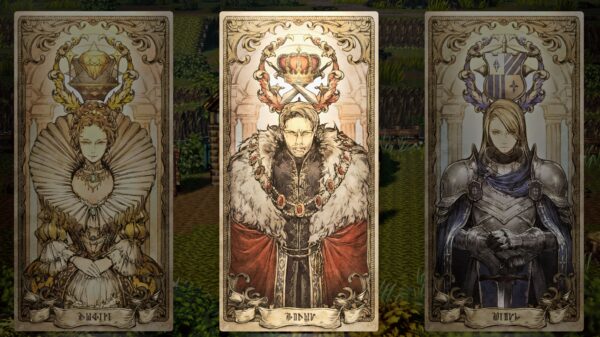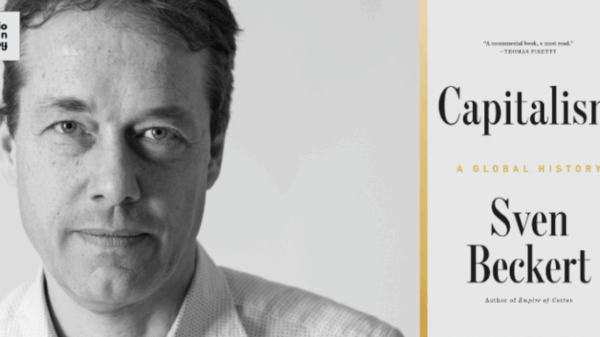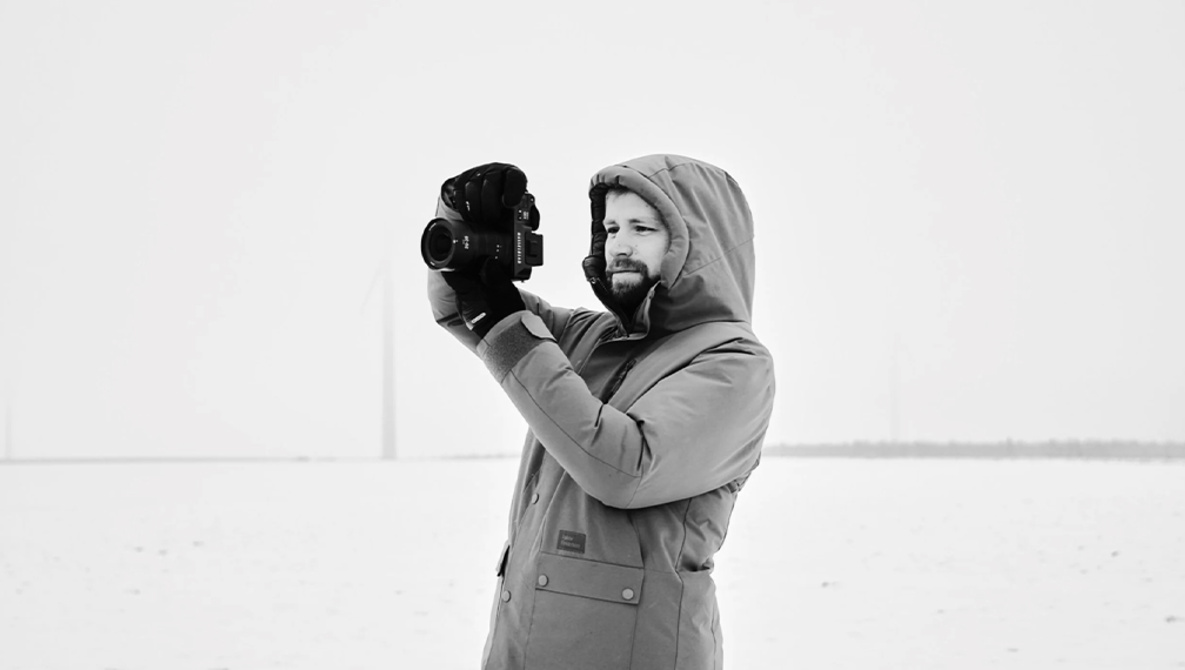Photography competitions present an excellent opportunity for photographers to gain recognition, enhance their portfolios, and potentially advance their careers. Yet, many aspiring photographers often feel overwhelmed by the high quality of winning images. Albrecht, a German architectural photographer and Hasselblad Master, shares five strategies that helped him achieve success in major competitions like the Sony World Photography Awards and the International Photography Award.
Focus on Personal Connection
The foundation of a captivating photograph lies not in expensive equipment or stunning locations, but in a concept that resonates personally with the photographer. Albrecht emphasizes that passion is crucial; it allows the photographer to create images that evoke an emotional response in others. For instance, his fascination with wind turbines—which he encountered frequently during his travels in Germany—led him to develop a photographic series showcasing their majesty and significance in contemporary landscapes.
The initial step in his creative process involved thorough research. Albrecht pinpointed the largest wind farms in his vicinity, mapping their locations and observing these structures under varying light and weather conditions. This approach ensured that he grasped not only the aesthetics but also the environmental impact of these machines, leading to photographs infused with depth and meaning.
Create a Cohesive Visual Narrative
A successful photography series requires more than just a theme; it demands a cohesive visual concept that unifies the work. Albrecht’s project gained clarity during an unexpected encounter with a winter landscape enveloped in fog, where wind turbines appeared almost sculptural. This moment crystallized his vision of the series, focusing on ideas of reduction, stillness, and form.
Albrecht advises photographers to present a clear, coherent concept to competition juries, who prefer well-defined narratives over a collection of random images. A consistent style serves as a signature, helping submissions stand out. Inspired by the work of fine art photographer Bastiaan Woudt, Albrecht adapted elements of minimalism and clarity to enhance his own colorful architectural photography.
Being selective during the editing process is essential. Albrecht transformed hundreds of images into a focused selection of five key “hero shots,” supported by additional images that complemented the narrative without redundancy. He acknowledges that parting with personal favorites can be difficult but stresses that rigorous editing strengthens the overall impact of the series.
Craft a Strong Artist Statement
Many photographers overlook the importance of accompanying their images with a thoughtful artist statement. Competitions often require not just the photographs but also a title for the series, an artist statement, and captions for each image. Albrecht emphasizes the value of taking the time to articulate one’s thoughts, transforming them into a clear and compelling narrative that enhances the submission’s memorability.
Titles contribute an additional layer of meaning, whether thematic, poetic, or playful, further distinguishing a photographer’s work from the competition.
Choose the Right Categories
Albrecht offers a strategic tip regarding competition categories. Traditional categories like landscape and portrait photography are often oversaturated. By selecting less common categories such as architecture, sustainability, or still life, photographers may increase their chances of success, provided their work aligns with these themes.
In closing, Albrecht’s five insider strategies have guided him from casual explorations near wind farms to creating award-winning photographic series recognized internationally. His journey illustrates that success in photography competitions does not require extensive resources or exotic destinations. Instead, it hinges upon curiosity, focused engagement with the subject matter, and a willingness to delve deeply into the narrative. With these principles in mind, aspiring photographers may find their next competition win is more attainable than they imagined.

